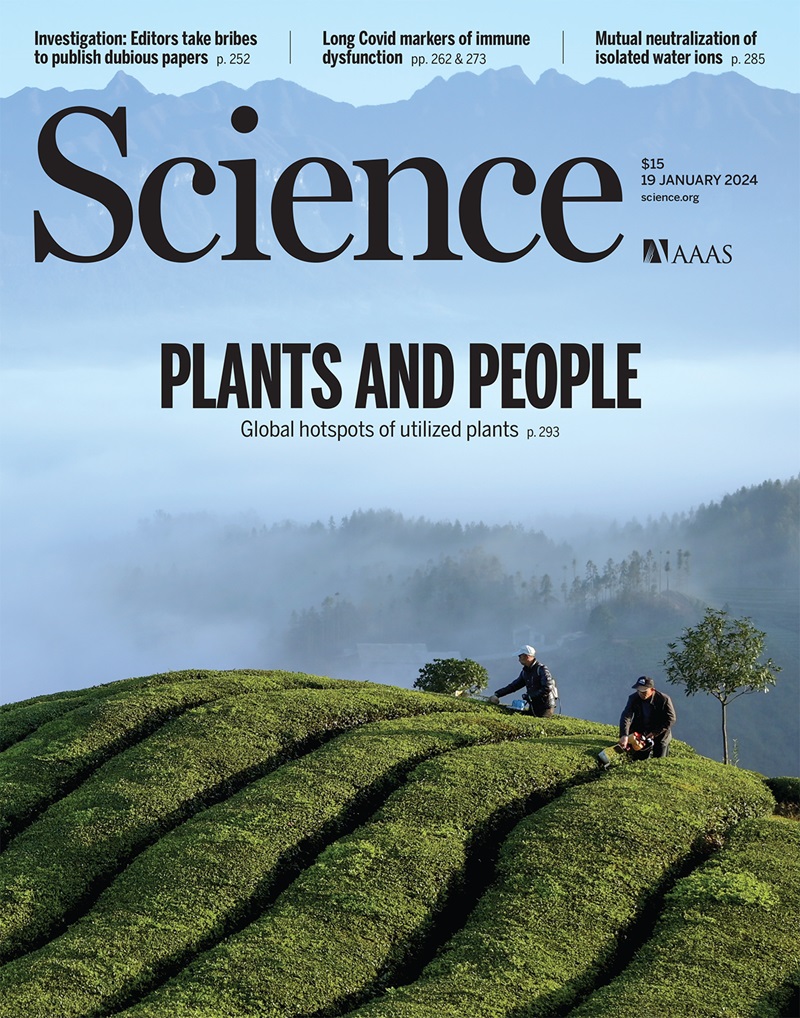Tissue-integrated bionic knee restores versatile legged movement after amputation
IF 44.7
1区 综合性期刊
Q1 MULTIDISCIPLINARY SCIENCES
引用次数: 0
Abstract
Lower-extremity prostheses have evolved through mechanical redesigns that prioritize improved cyclic locomotion. However, this limited approach to limb restoration has precluded necessary progress toward recovering the versatile acyclic movements that constitute the remainder of human athleticism. We present an osseointegrated mechanoneural prosthesis that incorporates modified hard and soft tissues along with permanently implanted hardware in a neuroembodied design. We developed a biomimetic coupling between neuromuscular signaling and joint movement that exceeds the versatility of established control methods, which depend upon conventional amputation musculature and surface electromyography. Our findings also reveal that superior residual neuromuscular function can enable prosthetic movement speeds surpassing that of intact physiology. Anatomical prosthetic integration may be necessary for meeting, and possibly exceeding, the movement capabilities of an intact limb.

组织集成仿生膝盖恢复截肢后的多功能腿部运动
下肢假体通过机械重新设计而进化,优先考虑改善循环运动。然而,这种有限的肢体修复方法阻碍了恢复构成人类运动能力剩余部分的多功能无环运动的必要进展。我们提出了一种骨整合机械神经假体,它结合了改良的硬组织和软组织以及永久植入的硬件,以神经为载体的设计。我们开发了神经肌肉信号和关节运动之间的仿生耦合,超越了现有控制方法的多功能性,这些方法依赖于传统的截肢肌肉组织和表面肌电图。我们的研究结果还表明,优越的残余神经肌肉功能可以使假肢的运动速度超过完整的生理。解剖学上的假肢整合可能是必要的,以满足甚至可能超过完整肢体的运动能力。
本文章由计算机程序翻译,如有差异,请以英文原文为准。
求助全文
约1分钟内获得全文
求助全文
来源期刊

Science
综合性期刊-综合性期刊
CiteScore
61.10
自引率
0.90%
发文量
0
审稿时长
2.1 months
期刊介绍:
Science is a leading outlet for scientific news, commentary, and cutting-edge research. Through its print and online incarnations, Science reaches an estimated worldwide readership of more than one million. Science’s authorship is global too, and its articles consistently rank among the world's most cited research.
Science serves as a forum for discussion of important issues related to the advancement of science by publishing material on which a consensus has been reached as well as including the presentation of minority or conflicting points of view. Accordingly, all articles published in Science—including editorials, news and comment, and book reviews—are signed and reflect the individual views of the authors and not official points of view adopted by AAAS or the institutions with which the authors are affiliated.
Science seeks to publish those papers that are most influential in their fields or across fields and that will significantly advance scientific understanding. Selected papers should present novel and broadly important data, syntheses, or concepts. They should merit recognition by the wider scientific community and general public provided by publication in Science, beyond that provided by specialty journals. Science welcomes submissions from all fields of science and from any source. The editors are committed to the prompt evaluation and publication of submitted papers while upholding high standards that support reproducibility of published research. Science is published weekly; selected papers are published online ahead of print.
 求助内容:
求助内容: 应助结果提醒方式:
应助结果提醒方式:


